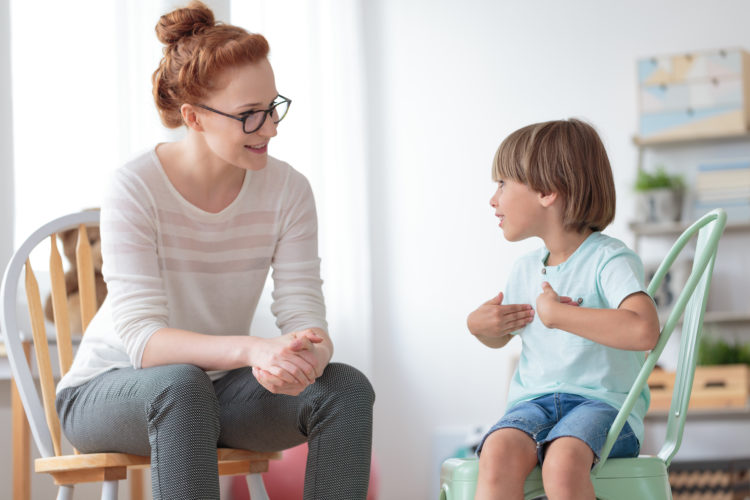Nearly 1 in 59 children have an autism spectrum disorder, meaning there is a good chance that you and your family will meet a child with autism at school or on the playground. While some of the major misconceptions are that people with autism might lack empathy, aren’t affectionate or don’t want friends, this isn’t so. The words “Will you be my friend?” might not come out of their mouths, but people with autism have the same desires of connection and friendship as a neurotypical person. If you are curious about how to be a better friend to a child with autism, here are five tips to get you started.
Adjust Your Expectations
Children with autism or another sensory processing disorder have alternative ways of communicating that could be perceived as shy or unfriendly. They might avoid making eye contact, engaging in make-believe play or even speaking, and depending on how their autism presents itself, they could display behaviors like rocking, pacing or hand-flapping. However, it’s important to remember that just because they may communicate in a way you’re not used to, they are still very well aware of their environment and can be internalizing your interaction with them.
Often, a child’s behavior can be their way of communicating. Talk to their parents about how you can best engage with them, and be prepared to adjust your “listening” technique so you can better “hear” what the child is trying to tell you.
According to Kacy Hopper, area support coordinator for Autism Society of Indiana, you may have to adjust the way you communicate, as well. Pause between sentences, be more direct and avoid idioms in order to allow the child to better process what you’re saying. There are also a number of different apps and websites available with “visual boards” to help you better communicate with children who don’t communicate verbally.

Practice Tolerance
Sometimes a child with autism will express themselves in a way that might seem rude, when in reality, they might not understand socially appropriate ways to express the things they are feeling.
“They feel deeply — sometimes they just can’t get the words out,” Hopper says. “They can be very forthright, direct and blunt because they might not understand social norms and when it is OK or not OK to say something.”
This can be a tricky area to navigate with your own children. Hopper reminds parents to be direct about why a friend with autism may say or do something that you wouldn’t typically condone, and model kindness for them. Don’t stare, call out or do something else that might embarrass your friend.
Engage Sincerely
Don’t be afraid to engage with a child with autism — a sincere desire to be friends is generally well-received. Begin your relationship-building by trying to understand the child and their interests. You can start this discussion by talking to their parents, but if possible, address the child directly and avoid talking about them as if they aren’t in the room. Be curious about their area of interest, even if it’s not something you know much about. Sometimes differences can be intimidating, so engage your own children by noting that while their friend might not like bright lights or loud noises, we are very much the same in wanting to share our passions with friends.

Show Dignity
Showing kindness and dignity can be as simple as shifting the lens through which you view your friend and your relationship with them. Instead of focusing on their differences or challenges, show appreciation for their strengths and unique abilities. By focusing on these things, you can build self-esteem, confidence and self-worth.
Put Fear Aside
Don’t let the fear of saying or doing the wrong thing get in the way of befriending a child with autism or another sensory processing disorder. Simple acts of kindness, such as a warm smile or friendly “hello” can go a long way in making them feel accepted and included.
To learn more about how to connect with children with autism, check out resources available through organizations like the Autism Society and Autism Speaks.






